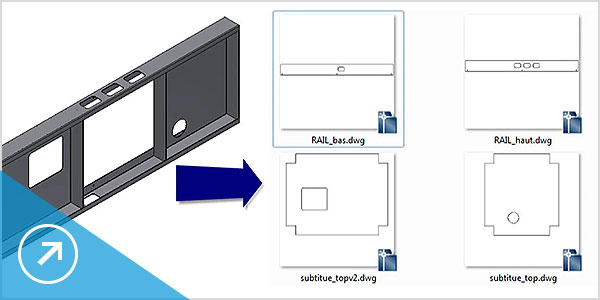
PAYLOAD EXTRACTOR DESIGN PATTERN HOW TO

Is there any java pattern for package structure that justify the existence of the default visibility modifier?.Implementing the state pattern with Java and EclipseLink.Extracting the next line data of a file if regex pattern matches in Java.Java Pattern Matching - can matched pattern be memorised and used later in the same regex?.Error when trying to implement the Bridge pattern in Java.What is the valid java regex pattern for git branch?.When all keys and values are the same type, we can express this using the Record utility type: type WordsToLengths = Record const wordsToLengths: WordsToLengths =, "124.70.8. An object is nothing more than a map of keys to values. Therefore, type B is equivalent to never.

type B = EvenValues & OddValuesĪ number cannot be both even and odd. Now that we have these types, we can perform interesting operations on them: type A = EvenValues | OddValues type EvenValues = 2 | 4 | 6 type OddValues = 1 | 3 | 5 type PrimeValues = 2 | 3 | 5 Thus, 1 | 2 is a union of the types 1 and 2, and the type DiceValues represents all the possible values that could be represented on a 6-sided die. (Primitives can be both types and values don’t let this confuse you.) The type 1 is the set of a single value: the number 1. Remember: a type is just a set of values. Imagine we define a type like this: type DiceValues = 1 | 2 | 3 | 4 | 5 | 6 We represent these operations in TypeScript with | for union and & for intersection. The intersection of two sets is the set of all elements present in both sets. The union of two sets is the set of all elements present in either set. We’ll get to why you might want to do that further down.īecause types are sets, we can think about the manipulation of types using two fundamental set operations: union and intersection. Nothing can ever be assigned the never type. Some types represent (virtually) infinitely large sets, like string and number.Īnd there’s even a type that represents the empty set: never. For example, the boolean type is a set containing the values true and false. Types in TypeScript are nothing more than sets of possible values. Without this information, you cannot assign the right type, or any type at all. You cannot develop or debug TypeScript applications without fully internalizing this principle.īecause of this, one of the great challenges of TypeScript development is understanding when you can be certain of a variable’s type at runtime, and knowing the precision of that type. This brings us to one of the most fundamental rules of TypeScript: types will never affect the execution of your code, and runtime types in JavaScript are fundamentally distinct from types in TypeScript. All of your hard work writing types goes out the window at runtime. A variable holding a number can be set to hold a string, or a function, or nothing at all. At execution, as far as the interpreter is aware, variables have no type - only their values do. Instead, it’s transpiled into JavaScript, during which all type annotations are removed. You probably aren’t surprised by how to declare a typed variable: const query: string īut it’s easy to forget how even the simplest TypeScript statements actually work behind the scenes. My goal in writing this is to be accessible (with patience and maybe some googling) to those who have never worked with TypeScript, while still being interesting and fast-paced for those who work with it every day. At each step, we’ll take a deep dive into the fundamentals to help develop an intuition for more complex types. In this piece, we’ll take a closer look at TypeScript, starting with the basics and moving deliberately toward more robust design patterns. When you learn TypeScript in the context of JavaScript, it’s difficult to develop a strong intuition for the fundamentals of types. It is, after all, the natural approach.īut there’s a critical problem with this method: types in JavaScript are different from types in TypeScript.

Even today, most developers who use TypeScript learned the language after or in the context of JavaScript. When TypeScript was first released nearly a decade ago, almost all developers who used it transitioned from JavaScript.


 0 kommentar(er)
0 kommentar(er)
